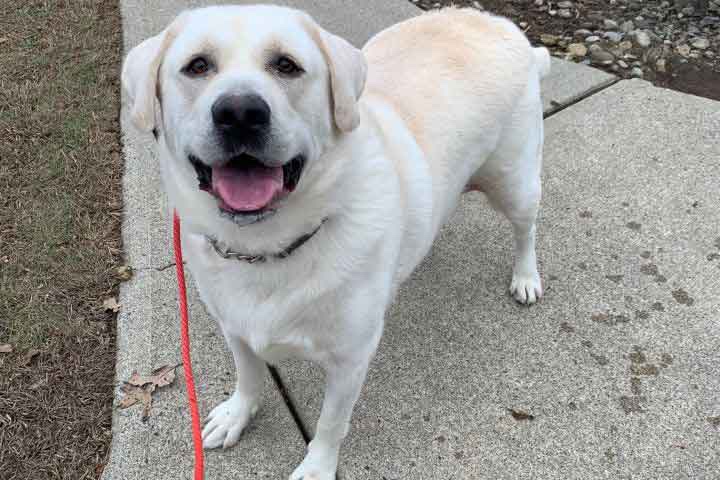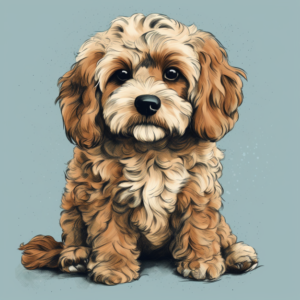As your dog enters the 1 to 3-year-old stage, they have transitioned from puppyhood to young adulthood. This period is characterized by continued growth, development, and learning. It’s important to provide them with the necessary guidance and care to thrive during this stage of their life. Let’s explore what your 1 to 3-year-old dog should be doing and learning during this important phase.

1. Ongoing Training and Reinforcement
Training should remain an ongoing process throughout your dog’s life. This stage is an excellent opportunity to reinforce previously learned commands and behaviors. Continue using positive reinforcement techniques such as treats, praise, and rewards to reinforce good behavior. Consistency and patience are key to maintaining and improving their training foundation.
2. Advancing Skills and Commands
As your dog matures, you can introduce more advanced skills and commands. Build upon their existing training by teaching them new commands such as “leave it,” “wait,” or “go to your bed.” This mental stimulation and challenge will keep their minds active and engaged. Remember to use positive reinforcement and break training sessions into short, frequent sessions to keep them motivated and focused.
3. Mental Stimulation and Enrichment
Providing mental stimulation and enrichment activities is essential for your dog’s well-being. Engage them in puzzle toys, interactive games, and obedience training exercises. Incorporate new activities to challenge their problem-solving abilities and keep their minds sharp. Mental stimulation helps prevent boredom, enhances their cognitive skills, and strengthens the bond between you and your dog.
4. Regular Exercise and Physical Activity
Regular exercise remains crucial for your dog’s physical and mental health. Engage in daily walks, runs, or play sessions to provide them with the necessary physical activity. Consider their breed, size, and energy level when determining the appropriate duration and intensity of exercise. Providing ample opportunities for physical activity helps maintain their weight, supports cardiovascular health, and prevents behavioral issues caused by excess energy.
5. Continued Socialization and Exposure
Socialization should remain a priority for your dog during the 1 to 3-year-old stage. Continue exposing them to various people, animals, and environments. Encourage positive interactions with unfamiliar individuals and animals. Regular socialization helps them develop confidence, adaptability, and good social skills. It also reduces the likelihood of fear or aggression in new situations.
6. Dental Care and Oral Hygiene
Maintaining good dental care is essential for your dog’s overall health. Continue regular teeth brushing using a dog-friendly toothbrush and toothpaste. Monitor their oral hygiene and provide appropriate dental chews or toys to promote healthy chewing habits and reduce the buildup of plaque and tartar. Regular dental care helps prevent dental diseases and keeps their breath fresh.
7. Nutritional Needs and Weight Management
Ensure your dog is receiving a balanced and nutritious diet that meets their specific nutritional needs. Consult with your veterinarian to determine the appropriate feeding guidelines, portion sizes, and feeding frequency for your dog’s age, breed, and activity level. Monitor their weight and adjust their diet as necessary to maintain a healthy body condition. Avoid overfeeding and provide appropriate treats to prevent weight gain and obesity.
8. Consistent Healthcare and Vet Check-ups
Regular healthcare and vet check-ups are crucial for your dog’s well-being. Schedule routine vaccinations, annual examinations, and preventive treatments as recommended by your veterinarian. Regular check-ups allow your vet to monitor your dog’s overall health, detect any potential issues early, and provide necessary guidance and care to ensure their long-term wellness.
9. Aging and Senior Care Considerations
As your dog reaches the later part of this stage, it’s important to consider aging and senior care needs. Monitor their mobility, joint health, and overall comfort. Discuss with your veterinarian about adjusting their diet, exercise routine, and potential supplements to support their aging process. Provide them with comfortable sleeping areas and ensure their environment is safe and accessible for senior dogs.
10. Nurturing the Lifelong Bond
Throughout this stage, continue nurturing the lifelong bond between you and your dog. Spend quality time together, engaging in activities that strengthen your connection. Show them love, care, and understanding. Remember to provide positive reinforcement, praise, and affection. Your ongoing love and support will contribute to a happy, healthy, and fulfilling life for your beloved companion.
Browse our website for cool pet products and articles!
The 1 to 3-year-old stage is a transformative period for your dog as they enter young adulthood. By focusing on ongoing training, mental stimulation, regular exercise, socialization, dental care, proper nutrition, consistent healthcare, and nurturing the lifelong bond, you are setting the foundation for a happy and healthy life together. Embrace this stage, cherish the moments, and continue to provide the love and care your dog deserves.
As an Amazon Associate we earn from qualifying purchases through some links in our articles.




